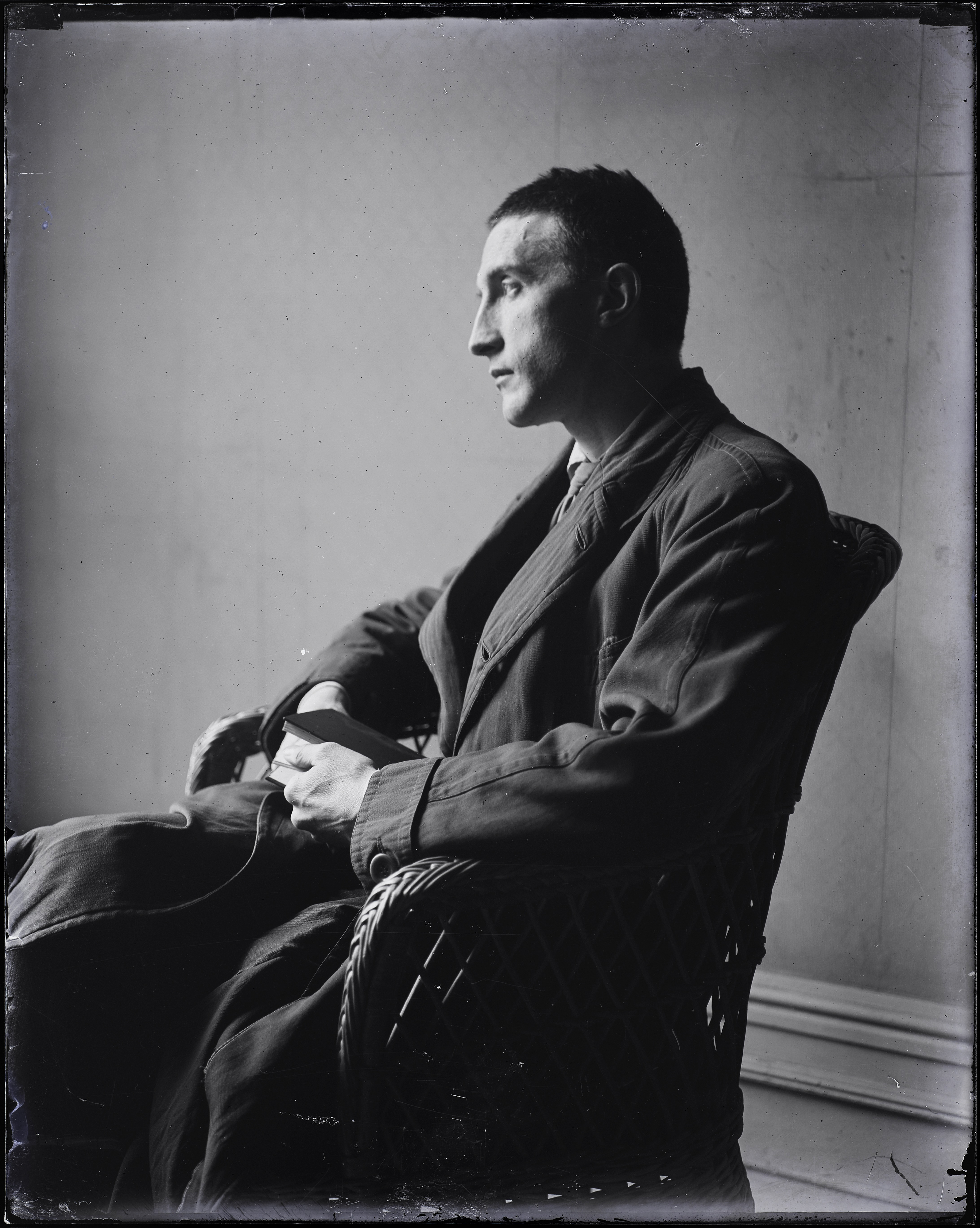
Three institutions have teamed up to launch a new digital platform offering unprecedented—and free—access to the world of artist Marcel Duchamp.
The Duchamp Research Portal, as the new online resource is called, was formed from a seven-year partnership between the Philadelphia Museum of Art (PMA), the Association Marcel Duchamp, and the Centre Pompidou in Paris. For the project, each institution’s own Duchamp archive was digitized and organized taxonomically into a single database that aims to paint a complete picture of the artist’s life in France and the U.S.
The portal comprises some 18,000 digitized documents and nearly 50,000 pictures relating to Duchamp. Much of the material was touched by the artist’s own hand, though certainly not all of it. Some objects came from those in his orbit—friends and fellow artists, as well as museum administrators like former PMA director Fiske Kimball or collectors like Walter and Louise Arensberg.
Marcel Duchamp’s French passport, October 22, 1954. From the Alexina and Marcel Duchamp Papers, Philadelphia Museum of Art, Library and Archives.
Among the paraphernalia you can now peruse online are drawings, maps, stereoscopic slides, family photos, and exhibition catalogues. There are Christmas cards written by Duchamp’s wife, Alexina, and letters penned to him by fellow artists Constantin Brâncuși and André Breton. The archive even includes Duchamp’s passport photos.
Indeed, it’s a sprawling, idiosyncratic collection befitting of an artist whose own work could be described by those same adjectives. “Definitively unfinished, like the Large Glass at the Philadelphia Museum of Art, the Duchamp Research Portal echoes the artist’s intercontinental travels, life, friendships, artworks, love affairs and chess games,” said Antoine Monnier, head of the Association Marcel Duchamp, in a statement.
Picture by Man Ray of Marcel Duchamp in a hammock in his residency in Cadaquès, Spain, 1965. Courtesy of the Man Ray Trust/Adagp, Paris © Centre Pompidou.
“Through making these archives accessible globally,” Monnier continued, “we hope that Marcel Duchamp’s idea of freedom will inspire visitors to the site and that they will remember that the artist’s life and art were one, constantly redefining borders of all kind.”
“No doubt Duchamp, the artist whom Jean Clair called the ‘great fictive one,’ would have been pleased to find himself in a virtual world created by friends,” added Xavier Rey, director of the Musée national d’art moderne at the Centre Pompidou.
See more materials included in the Duchamp Research Portal below.
Marcel Duchamp as boy standing beside a wooden swing, circa 1900. From the Alexina and Marcel Duchamp Papers, Philadelphia Museum of Art, Library and Archives.
Postcard from Duchamp to Brancusi, from Chamonix, France. © Centre Pompidou/Mnam-Cci Bibliothèque Kandinsky/Fonds Brancusi.
Jacques Villon, Marcel Duchamp, Raymond Duchamp-Villon and the dog Pipe at their feet, Puteaux, France, December 1912 – January 1913. Courtesy of the Association Marcel Duchamp.
Score card from a chess match between Man Ray and Marcel Duchamp, April 1921. © Centre Pompidou/Mnam-Cci Bibliothèque Kandinsky/Fonds Man Ray.
Marcel Duchamp at the Annual New York State Chess Association tournament in Cazenovia, New York, 1953. Courtesy of the Association Marcel Duchamp.